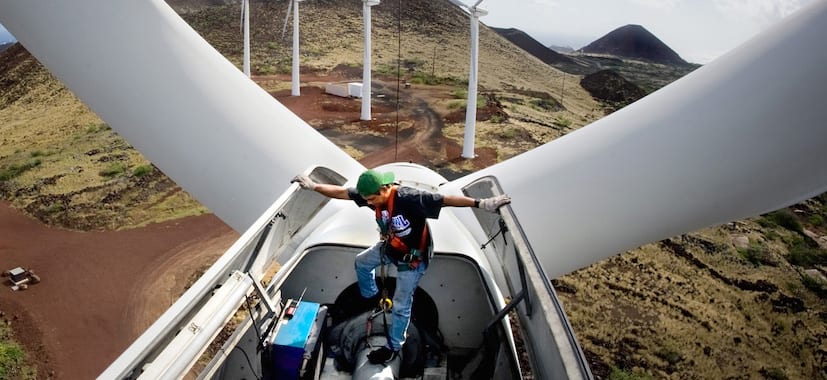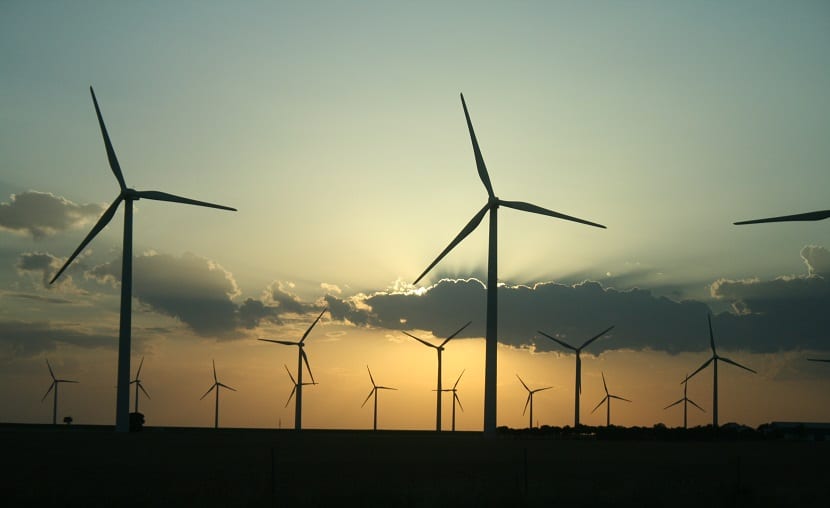
Currently, Galicia is the third autonomous region in terms of renewable energy power, producing 17% of renewable electricity in Spain. Unfortunately, 31% of its production it is done with charcoal, almost double the average for Spain.
What makes that on the one hand it is a leader in renewable energies and on the other it did not assume that there is climate change. In fact, it is not enough to have more renewables, you need to have the courage to assume that there is an end to fossil fuels.
According to the regional government, “the Xunta's policy is clear; every time we are betting more on renewables, which is in return for fuel and everything that has its origin in the fossil”. "This is the path that we have marked and in which we are committed in the firm fight against climate change."

The Xunta is not only supporting solar or wind energy, it is also doing so with other renewable sources such as biomass
Biomass Boost Strategy
With a budget line of 3,3 million euros, the Xunta de Galicia wants to promote the installation of biomass boilers to boost the production of renewable energy and reduce greenhouse gas emissions in more than 200 public administrations, non-profit organizations and Galician companies.
It is estimated that the savings benefits that all those who benefit from this Strategy will have could reach 3,2 million euros in the annual energy bill, apart from 8 million liters of diesel. This will contribute to a reduction of 24000 tons of CO2 to the atmosphere.
Biomass boilers
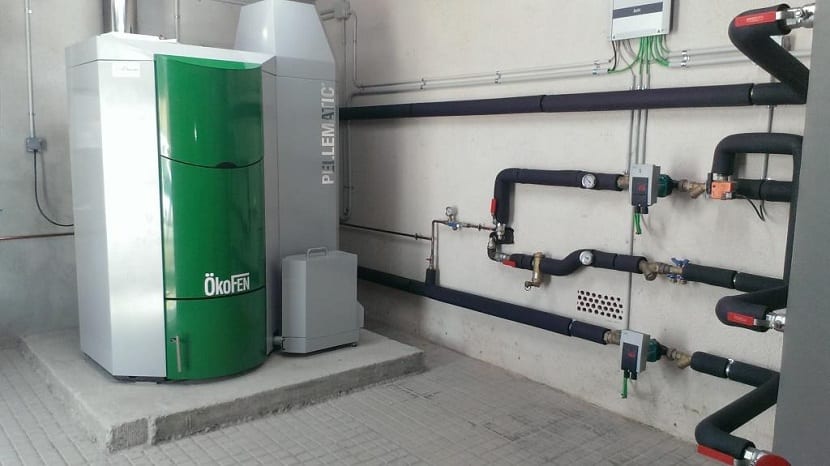
We recall that biomass boilers are used as a source of biomass energy and for the generation of heat in homes and buildings. They use as an energy source natural fuels such as wood pellets, olive pits, forest residues, nut shells, etc. They are also used to heat water in homes and buildings.
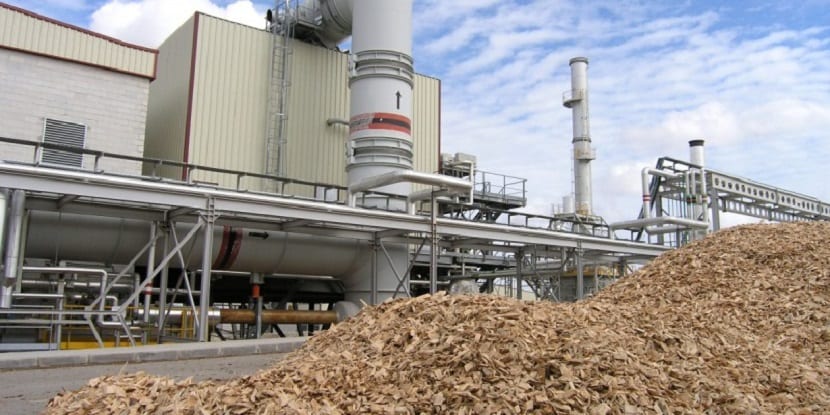
These grants are intended to promote efficiency and reduce the consumption of conventional energy to reduce dependence on coal, while promoting the associated industry and improving the management and sustainable performance of the Galician mountains.
Galician electrical radiography
Coal
One of the pillars that historically support Galicia among the country's large electricity producers is coal. The activity of the two thermals of the community, that of Gas Natural Fenosa in Meirama and that of Endesa in As Pontes. Especially this second plant, which is the one with the highest power of all the currently operating in Spain, with 1.403 megawatts (MW) of capacity.
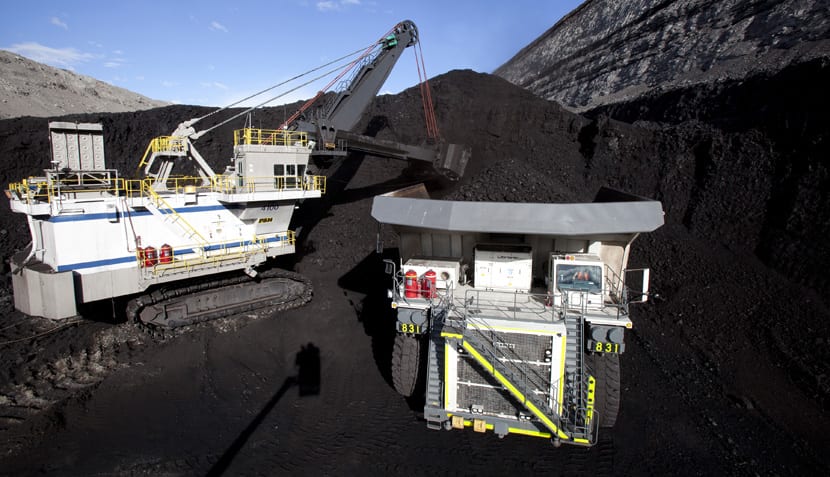
The emergence of renewable sources from the end of the nineties was reducing the role of both plants in the generation mix, relegating them to second place and even third place on many occasions, behind hydroelectric and wind power plants. But in a meteorology exercise out of the ordinary as happened in 2015 in Galicia and without an increase for years in new renewable facilities, a sector paralyzed by the energy reform, the balance was decomposed again and coal regained the throne of electricity production in autonomy, which added a total of 29.625 gigawatt hours (GWh), 5,3% less than the previous year .
Thermal production reached 11.066 GWh after an increase of almost 16%. In addition, one of the largest data on the use of coal in Galicia from the last years -Both in 2014 and 2013 it was around 9.500 and concentrates over 37% of the global electricity generation in Galicia.
Activity at the As Pontes plant increased, specifically, by 9,1%, with 7.929 GWh, some 1.500 more than all the reservoirs in the community; and 36,5%, up to 3.137 GWh, that of Meirama. The thermal experienced an important rise in the whole of the State. Of 24%, with around 51.000 GWh. Which in turn causes a considerable increase in polluting gases. “Carbon dioxide emissions derived from electricity generation in Spain have increased in 2015, mainly due to the need to counteract the lower hydraulic production and wind power with greater generation of coal and combined cycle - confirms REE-. Thus, the level of carbon dioxide emissions from the Spanish electricity sector stood at 2015 million tons in 77,4, a value 15,1% higher than the emissions in 2014 ″.
And why this drop in the operation of hydroelectric plants and wind turbines? Because it was a hot and dry year. Also in Galicia, where accumulated rainfall was below 75% of normal records, as the balance of the State Meteorological Agency (AEMET) points out.
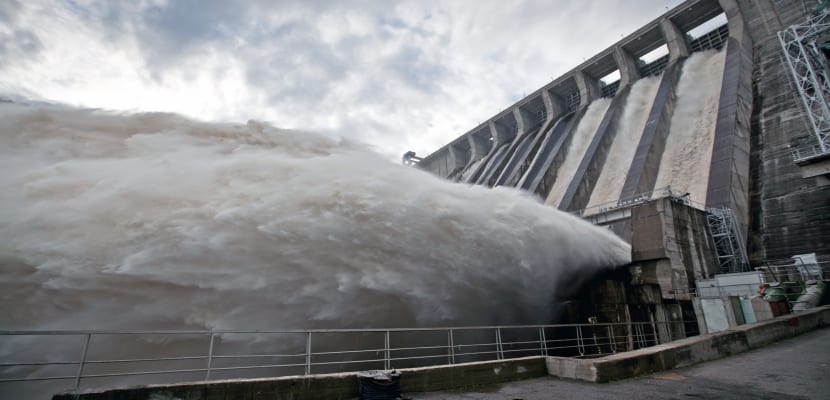
That is why the great collapse of production in the community came, especially, from hydraulics. The electricity from the reservoirs remained at 6.457 GWh, which represents a 36,4% reduction compared to 2014, when it was the first energy source in Galicia. Your position in the total generation it dropped to 21,8%.
Wind
In the absence of more wind farms, wind power had a very flat behavior. 8.444 GWh left the wind turbines, 22% of the community's electricity last year, after experiencing a very slight increase of 1,5%. Something that also influenced the fall in the weight of renewables in the Galician electricity basket. From 61% that reached in 2014 to 50% in 2015.
Although that could change in the near future. In the last energy auction last May, the second highest bidder was Gas Natural Fenosa, with 667 MW. A good part could come to Galicia, where it has a dozen installations to do, three hundred megawatts. Of these, 198 MW from the wind power tender, the majority pending authorization by the Xunta.
The other great hope of new airs for the sector in Galicia is Norvento, fifth awardee with 128 MW. It has 330 in wind projects, 303 of them from the Galician tender, with 7 with definitive green light that add up to 144 MW.
